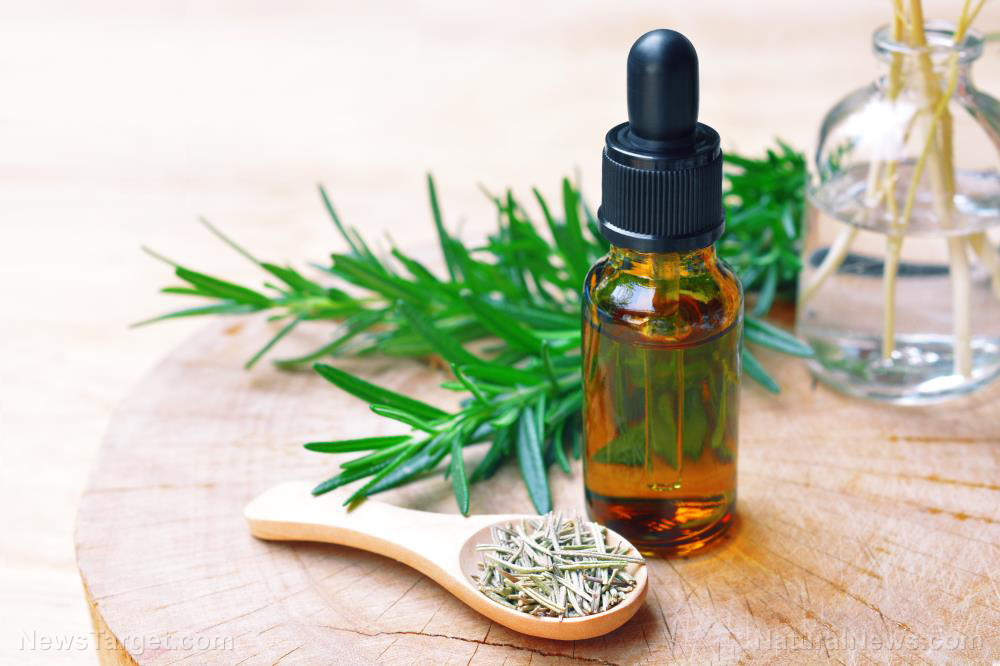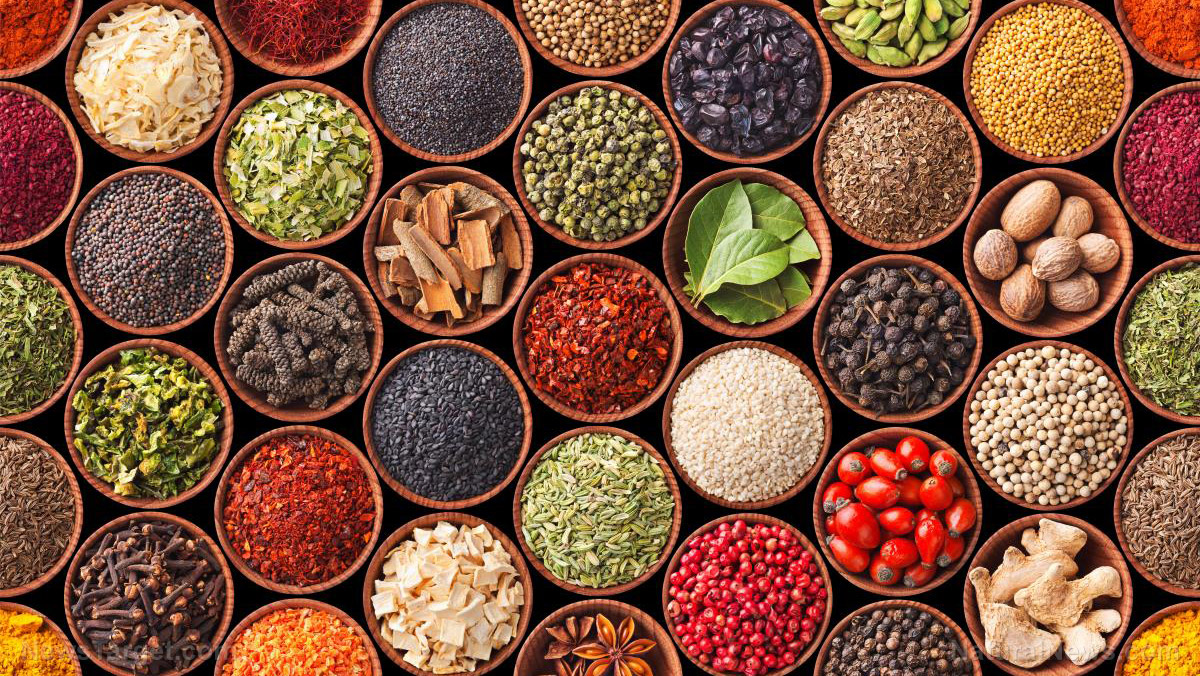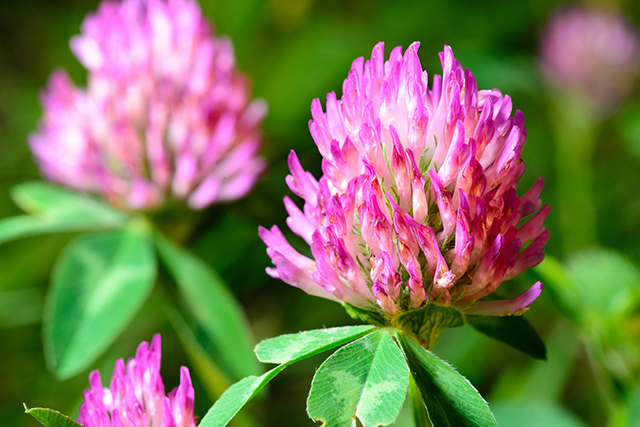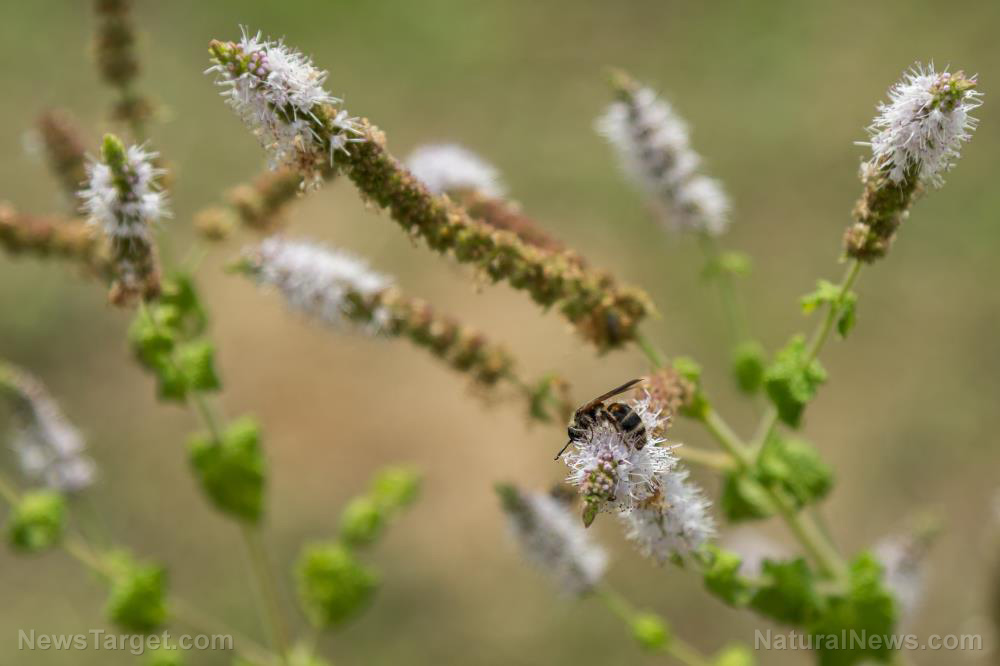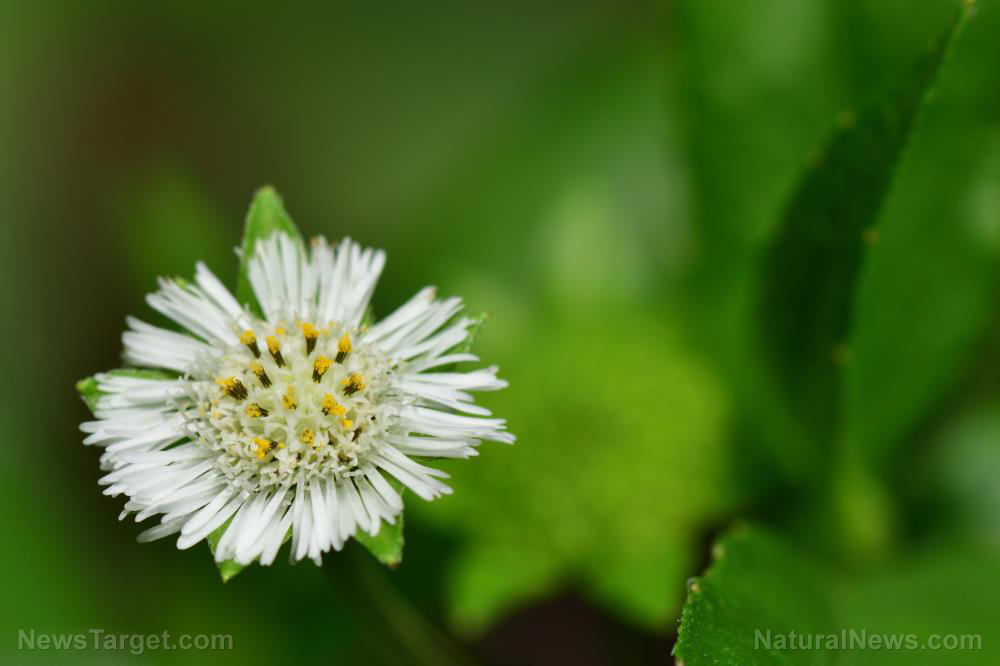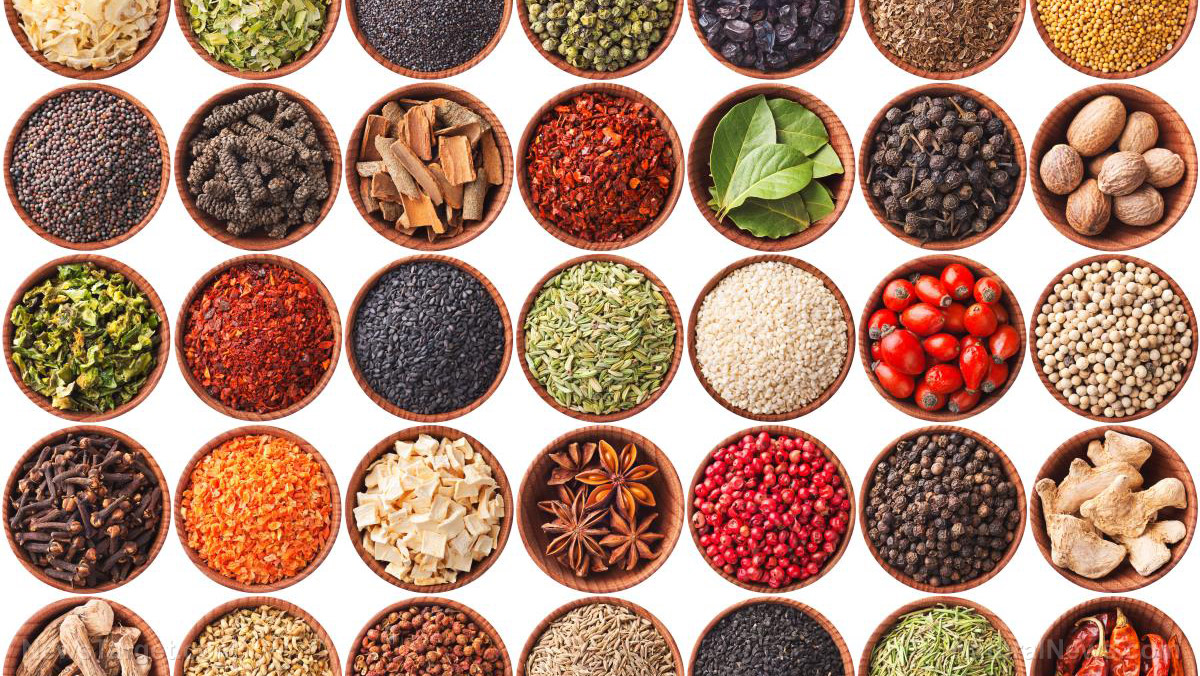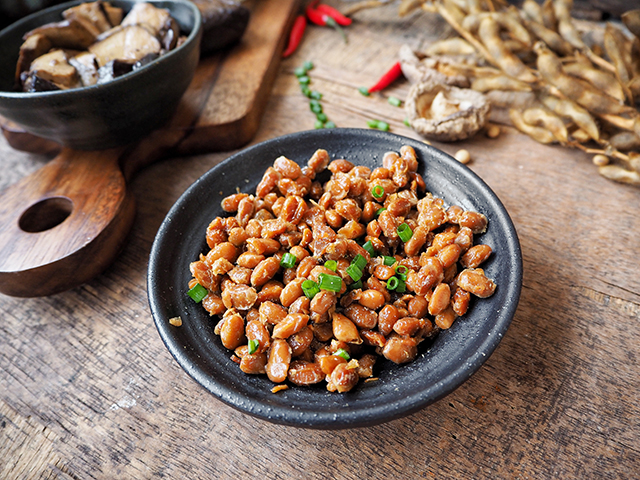How to grow ginger at home
09/24/2018 / By Rhonda Johansson

Ginger is a superfood that is packed with nutrients and other healthy compounds that are beneficial to both your physical and mental health. Most of its medicinal properties come from the rhizome — the underground part of the stem, which is commonly mislabeled as the root. Ginger can be used fresh, powdered, dried, or even as an oil or juice. Its main compound, gingerol, contains many antioxidant and anti-inflammatory properties. It is a cousin to turmeric and is often used in many natural therapies.
Not only is ginger one of the healthiest spices around, it is also incredibly easy to grow your own plant at home. Follow these simple considerations to maximize your potential of benefiting from ginger’s healing properties.
Choosing: The best way to pick the right ginger plant is to ask for fresh rhizomes from someone already planting ginger. If not, opt to buy some from a health and wellness store. Look for rhizomes that are plump, with well-developed growth buds (these look like horns at the end of the “finger”). You can soak the rhizomes in water overnight to eliminate any GMO or chemicals found in some store-bought roots.
Planting: An essential aspect of growing ginger is having good, rich soil. Ginger needs constant moisture. If you’re unsure if your soil is of good quality, assume the worst. Use good compost and try for a raised bed to improve drainage. Remember that ginger roots also require a good drainage system so that they don’t become waterlogged. Typically, late winter to early spring is the best planting time. Ginger plants should receive plenty of soft, indirect light; do not expose the plant to direct light. They should also be protected from the wind.
100% organic essential oil sets now available for your home and personal care, including Rosemary, Oregano, Eucalyptus, Tea Tree, Clary Sage and more, all 100% organic and laboratory tested for safety. A multitude of uses, from stress reduction to topical first aid. See the complete listing here, and help support this news site.
Supplements: If you’re using standard potting soil, regularly supplement it by feeding it with fertilizer. Use slow-releasing organic varieties during planting time and then alternating with a liquid fertilizer every few weeks.
Spacing: Rhizomes don’t need a lot of space. In fact, each ginger root planted only grows a few leaves in one spot. This will become denser over time but the rhizomes adjust underground. In general, a 14-inch pot can accommodate three average-sized rhizomes.
Water: As mentioned, ginger plants need plenty of moisture. However, excessive watering will cause the plant to die. Keep the soil moist but not muddy. Ginger also thrives in humid conditions. Keep them in a sheltered spot and regularly spray them with water if you have problems with dry air. It is a good idea to set a misting schedule, preferably every other day.
TheSpruce.com gives this excellent tip: place your pot on a bigger tray filled with small stones. The tray should be filled with water. The evaporated water will add moisture directly to the plant. The stones prevent the ginger from being submerged in the water.
Environment: Ginger plants like warm environments. Try to keep indoor temperatures at around 75 degrees.
Harvesting: Growth will slow down towards the end of the summer — or when the temperature becomes cooler. You will notice this once the leaves die down. It typically takes eight to 10 months to reach its full growth potential. (Related: The science behind the healing effects of ginger.)
Storing: Most people freeze harvested ginger. However, an even better way to prolong its shelf life is to cut the ginger into small pieces and store it in brandy. Keeping ginger this way keeps it fresher for a longer period of time.
Replanting: Once you dig up the whole plant, break up the rhizomes and select a few nice ones for replanting. This can be done right away. The rhizomes don’t need more water until the weather becomes warmer again. You can also just dig up what you need and letting new shoots grow outwards from mature rhizomes. Wait until the clump becomes big enough to harvest mature tubers.
Lastly, it is a good idea to not harvest ginger plants for a year or two. This allows the ginger to mature and create a great foundation for future roots.
Read more gardening wisdom at GrowYourMedicine.com.
Sources include:
Tagged Under: gardening, gardening tips, ginger, Herbs, home gardening, homesteading, how to, natural medicine, off grid, prepping, survival

